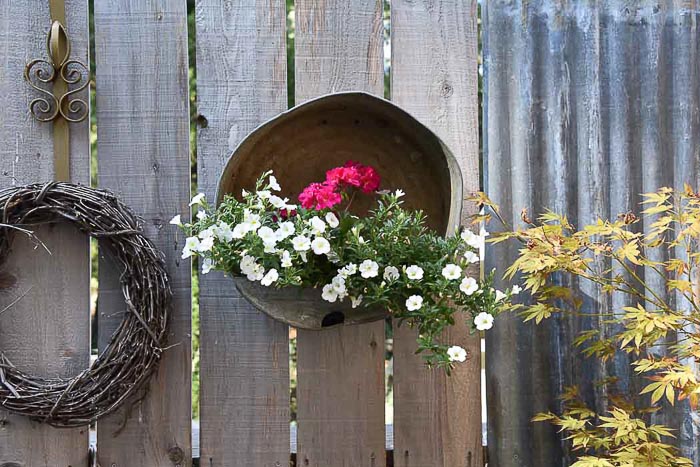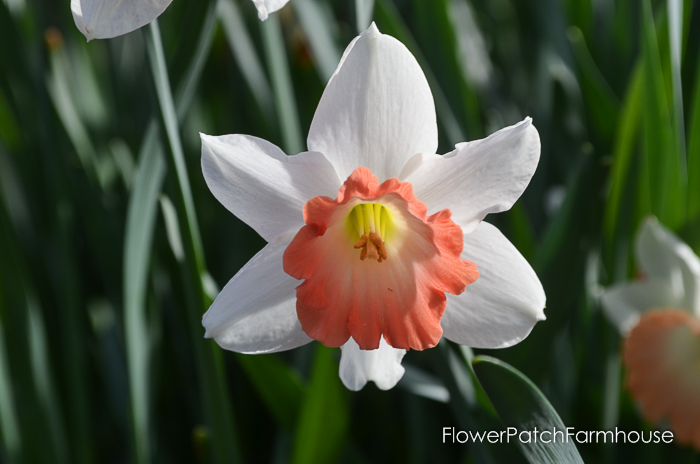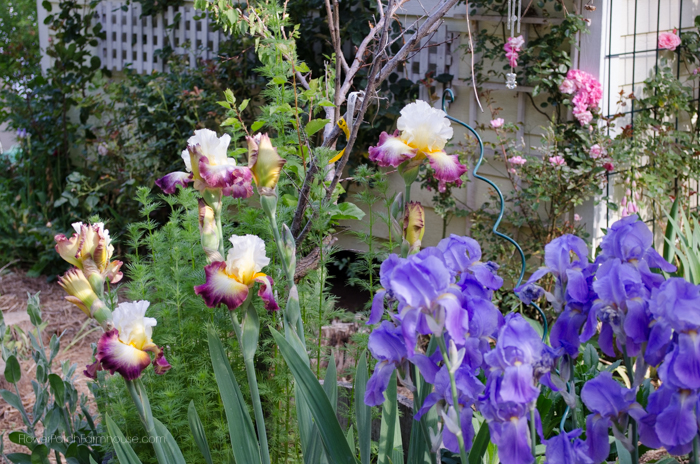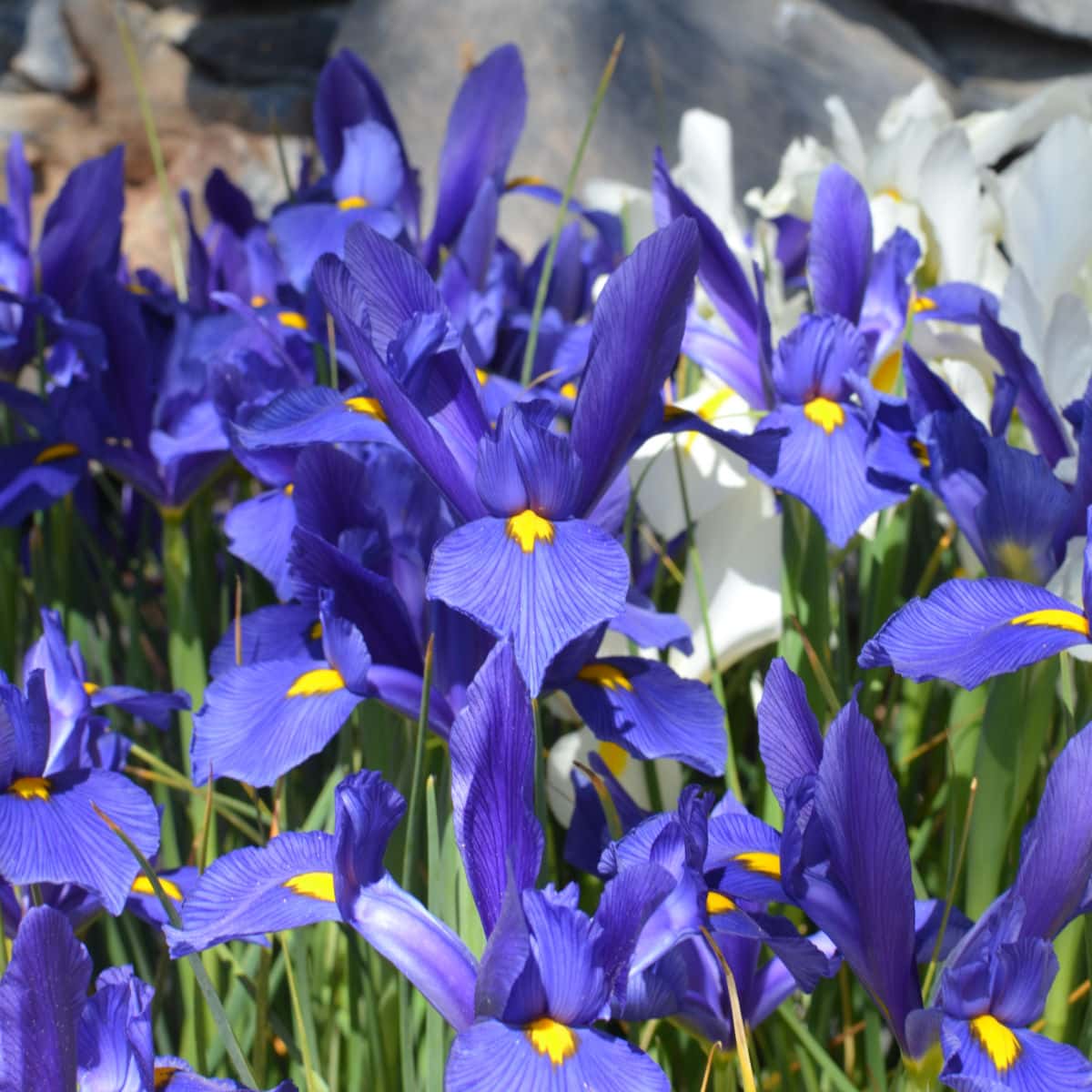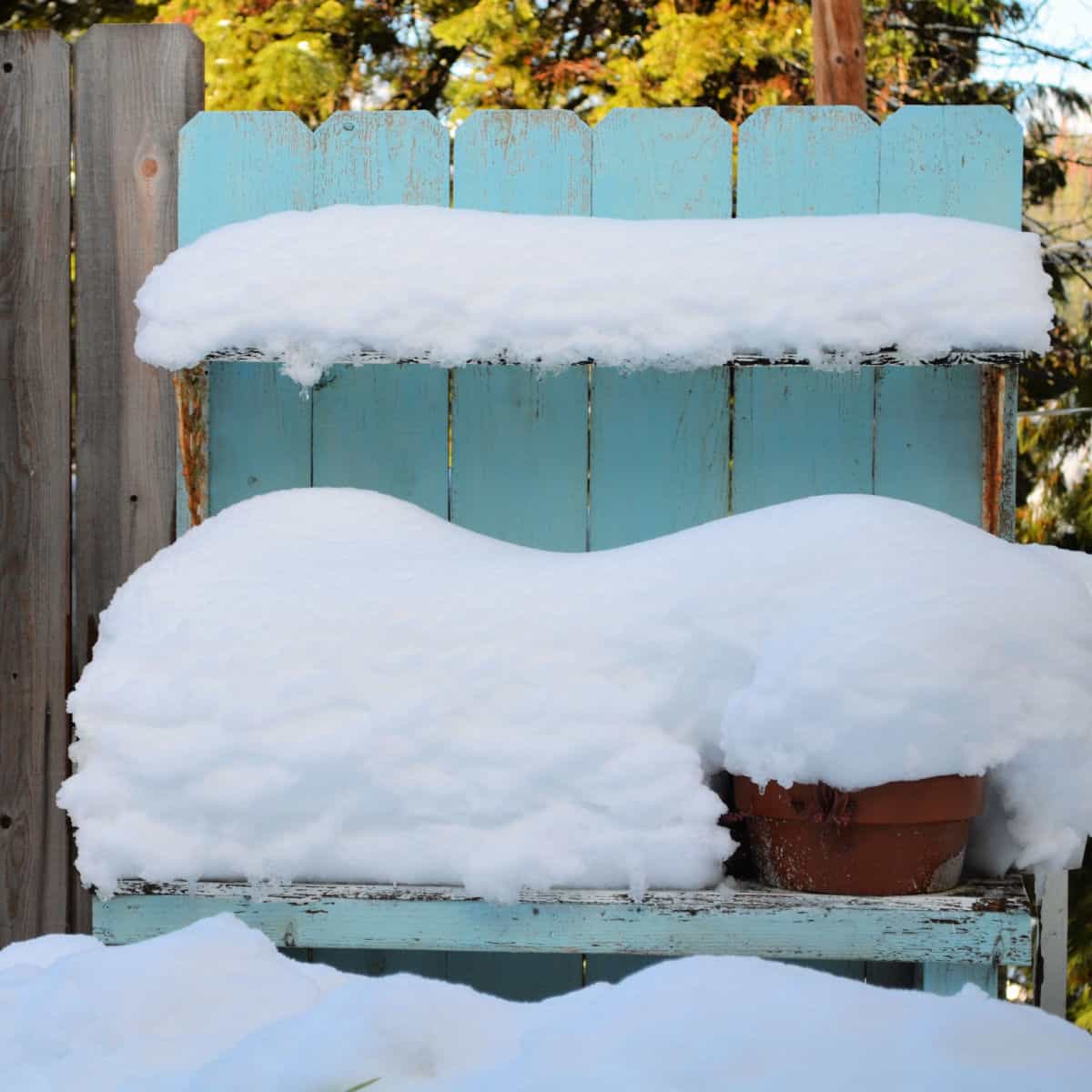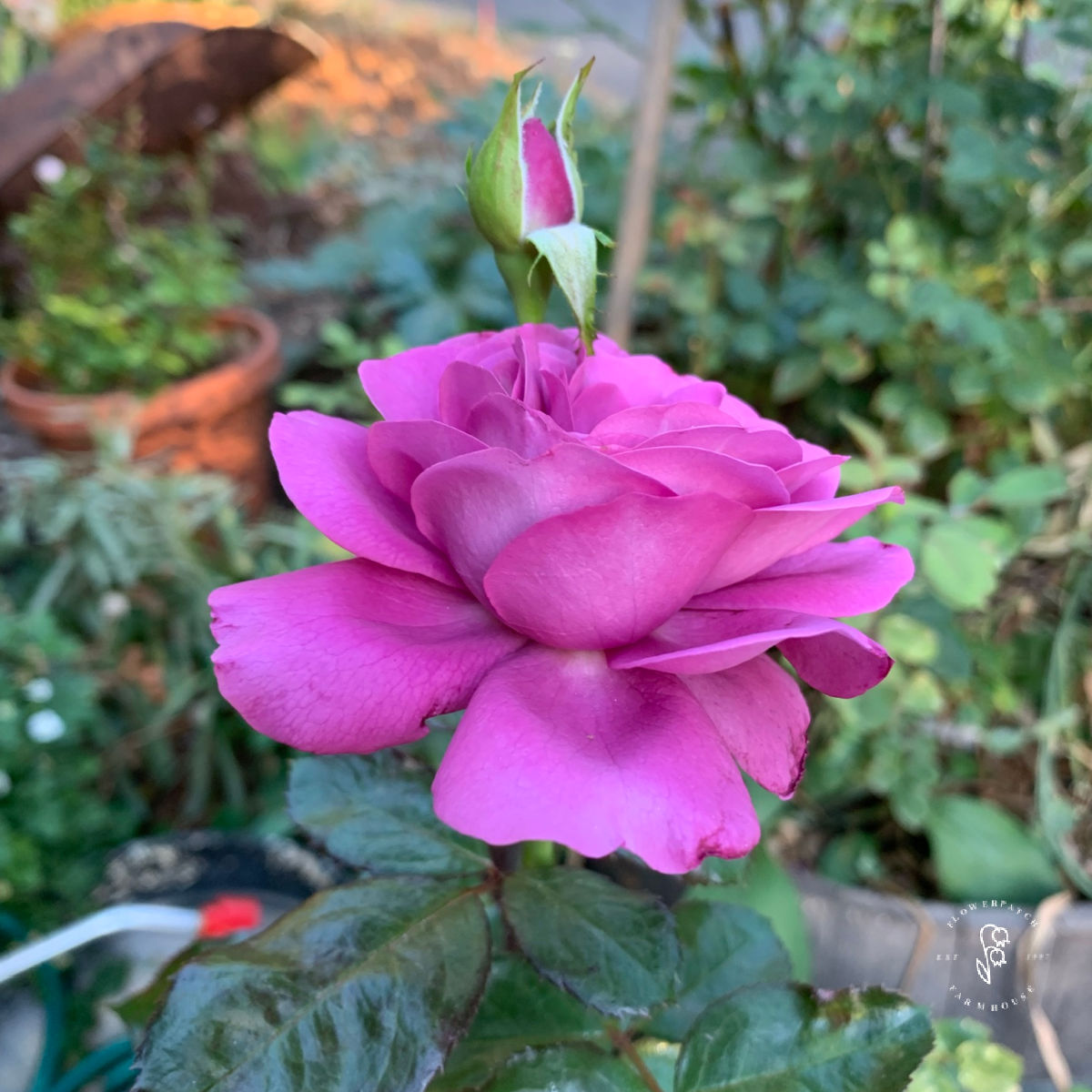How to Grow the Most Gorgeous Petunias of Your Life!
If you’re looking for a beautiful, easy-to-grow flower to add to your garden, look no further than petunias!
Petunias are one of my all-time favorite flowers in the summer garden. They are so easy to grow and look fantastic!
Petunia flowers come in a wide array of colors, making them perfect for any garden. Today I am going to share with you everything you need to know about growing petunias.
From planting to watering to fertilizing, we will cover it all! So read on and get ready to have the most gorgeous petunias of your life!
What are Petunias?
Petunias belong to the Solanaceae plant family and the subfamily known as Petunioideae.
Originally they are from South America. The common garden petunia we find at garden centers is an ornamental plant with lovely trumpet-shaped flowers.
Petunias make a perfect plant for summer flower beds, hanging baskets, and window boxes.
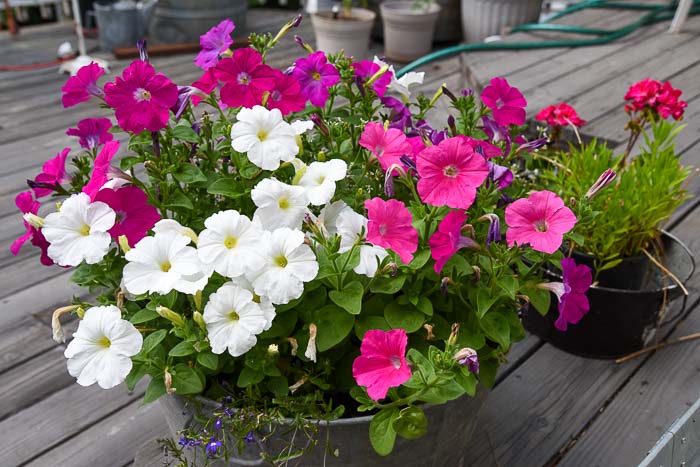
This post contains affiliate links. If you make a purchase after clicking a link I make a small commission at no added cost to you.
Petunias are a perennial, a very tender one, but most of us must grow petunias as annuals. Some petunias perform better in containers, while others like being grown in the ground.
Petunias range in height from 6 inches to 18 inches and can spread from 18 inches to 4 feet depending upon variety.
Where to Plant Petunias
When planting petunias, it is important to choose a location that receives full sun. These flowers will need at least six hours of sunlight per day in order to bloom prolifically.
If you don’t have a spot in your garden that gets full sun, you can try growing petunias in containers, window boxes, and hanging baskets.
They can grow in partial shade but they won’t bloom as much.
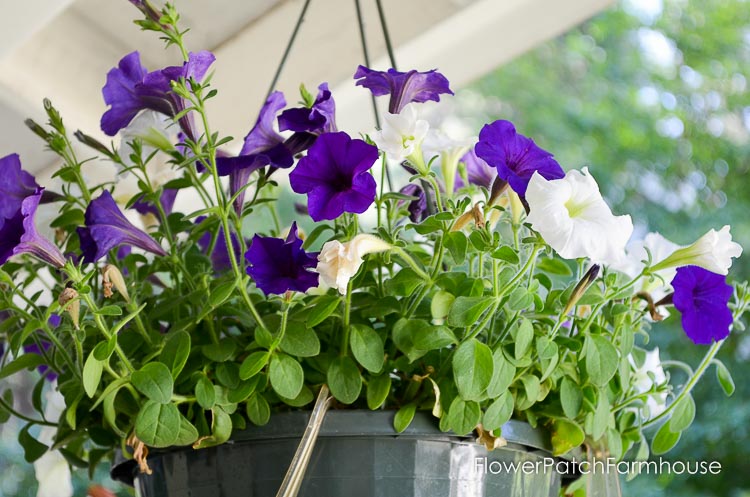
Best Soil for Petunia Growing
In terms of soil, petunias prefer soil that is rich in organic matter. You can improve the quality of your soil by adding compost or manure to it.
Some say petunias prefer slightly acidic soil but I have not had any trouble in a more neutral ph.
If planting in containers, window boxes, or hanging baskets, make sure the potting soil you choose is well-draining yet holds moisture.
A good quality potting mix usually works fine.
If you want to read more on improving your soil organically, then you may wish to read this article, Build Your Soil.
Planting Petunias
Petunias are easy to plant. You can purchase them in six-packs or four-inch pots at garden centers and then transplant them into your garden, containers, window boxes, or hanging baskets.
You can also grow them from seed. More on that later in the post.
In this video I share how I plant them in tubs on my back deck
You will want to water the plants well after planting so that they establish themselves quickly in their new home.
If you can, directly after planting, set them in a shady spot to recover from the transplanting or provide a touch of protection. They will bounce back faster after the stress.
Before you transplant petunias, make sure the soil is well-worked and loose for good root growth.
How far apart you plant your Petunias depends on the variety. Plant them far enough apart for them to have room to fill in.
Some can grow 4 feet across so plant accordingly. The plant label should tell you.
There is more information below on the different petunia varieties.
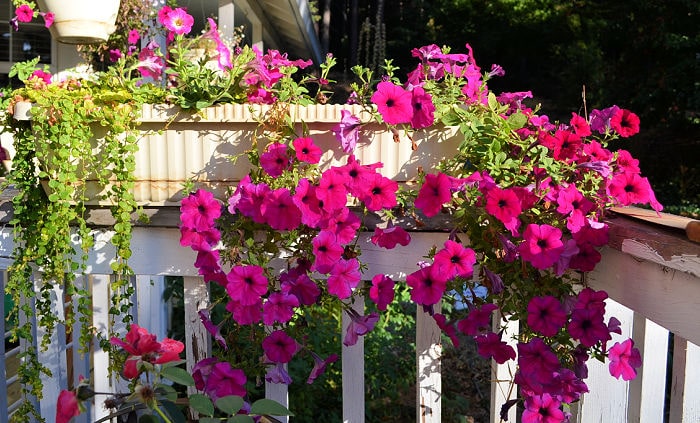
Related: See why I love Wave Petunias and how you can grow them too!
When to Plant Petunias
You can plant petunias in the spring after all danger of frost has passed and the nighttime temperatures are above 40 degrees.
Once you have planted your petunias, be sure to water them regularly. They need at least an inch of water per week, more if it is a hot summer or if they are planting in tubs, pots, or hanging baskets.
You can either water them manually or use a drip irrigation system.
Petunia Care
If you want your petunias to bloom all summer long, be sure to fertilize them regularly. A good fertilizer for petunias is an organic liquid fertilizer.
Don’t worry about using a Bloom Booster fertilizer, those are not necessary for successful blooming.
But if you want to see what I like to use then check out the two available with the link.
When it comes to pests and diseases, petunias are quite resistant. However, some may be susceptible to fungal leaf spots if the weather is too wet.
To prevent this disease from occurring in your garden, water your plants at their base instead of overhead.
Budworm can show up during the season. They eat the blooms and leaves of petunias. If you see evidence of something eating your plants, examine them closely, you may find little dark dots of caterpillar leavings.
You can handpick the little pests off and get rid of them or if you have a particularly bad outbreak on a lot of your plants then you can use microbial insecticides such as Bacillus thuringiensis (B. t.)
Flowering Petunias – Keep them Blooming!
In mid-summer, some petunias can get leggy. You can give them a good trim or prune to keep them looking more robust.
Leggy petunias?
How to Prune Petunias and keep them Blooming!
Types of Petunias or Varieties
There are literally hundreds of named petunia varieties. They fall into different categories, based on flower size and growth habits. There is something for everyone when it comes to petunias, whether you like the old-fashioned varieties or the newer choices.
- Trailing petunias (such as “wave” petunias and Supertunias) are fast growers that can fill in large spaces and spill from pots with exuberance.
- Multiflora have greater numbers of somewhat smaller flowers
- Grandiflora has the largest flowers
- Milliflora are miniature with even smaller flowers and plant size
- Florabunda petunias
Spreading or Trailing Petunias: These are low-growing and can spread as much as 3 to 4 feet.
They form a beautiful, colorful ground cover because the flowers form along the entire length of each stem. They can be used in window boxes or hanging baskets.
My favorites of these are the Wave Petunias and Supertunias but I am looking at some others to try that do better in cooler climates. (I will see how they do and do a post on them at a later date)
Though to be precise some Wave petunias have varieties that are really Multiflora (yes, it is a very versatile hybrid)
The old-fashioned, sweet-smelling heirloom petunias fall under this category and are a sheer delight to grow but they don’t usually carry them in garden centers or nurseries. You will need to grow them from seed and they are worth it!
Multiflora petunias are one of the most durable and productive. They have smaller but more abundant flowers and are ideal for summer bedding or in a mixed border as they are much more tolerant of rain and wet.
Grandiflora petunias have the largest flowers but they are more sensitive to water damage. They don’t do well in areas with lots of summer rain or high humidity as they tend to rot. But never fear, there are other varieties that perform like champs in those conditions and are just as beautiful.
Millifloras: Milliflora petunias are much smaller than any other petunias on the market. The flowers are only 1 to 1½ inches wide, but they are prolific and last all season!
Floribundas: Floribundas are intermediate between the grandiflora and the multiflora groups. They are free-flowering like the multiflora varieties and produce medium-sized blooms.
Petchoa
How to Grow Petunias from Seed
Petunias do grow rather easily from seed if given the right conditions. Please see this post for more information on starting seeds indoors.
seed starting
Tips and tricks for easy seed starting
I share how I start seeds, including petunias, indoors early in the season for tons of plants on a budget!
That’s all there is to it! With these tips in mind, you will be able to grow the most gorgeous petunias of your life. So get started today and enjoy those beautiful blooms all summer long!
How to grow petunias from cuttings
Super easy
Grow Petunias from Cuttings
You can grow petunias from cuttings and I show you how here, step by step.


